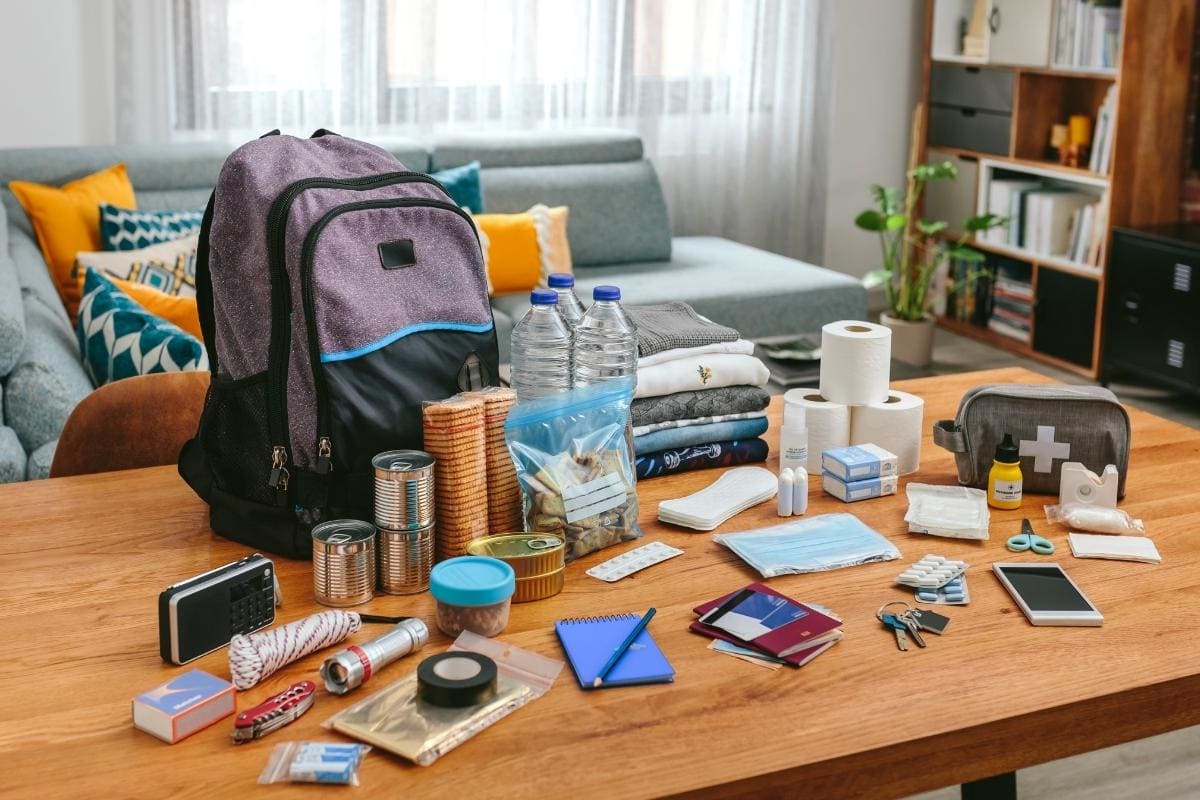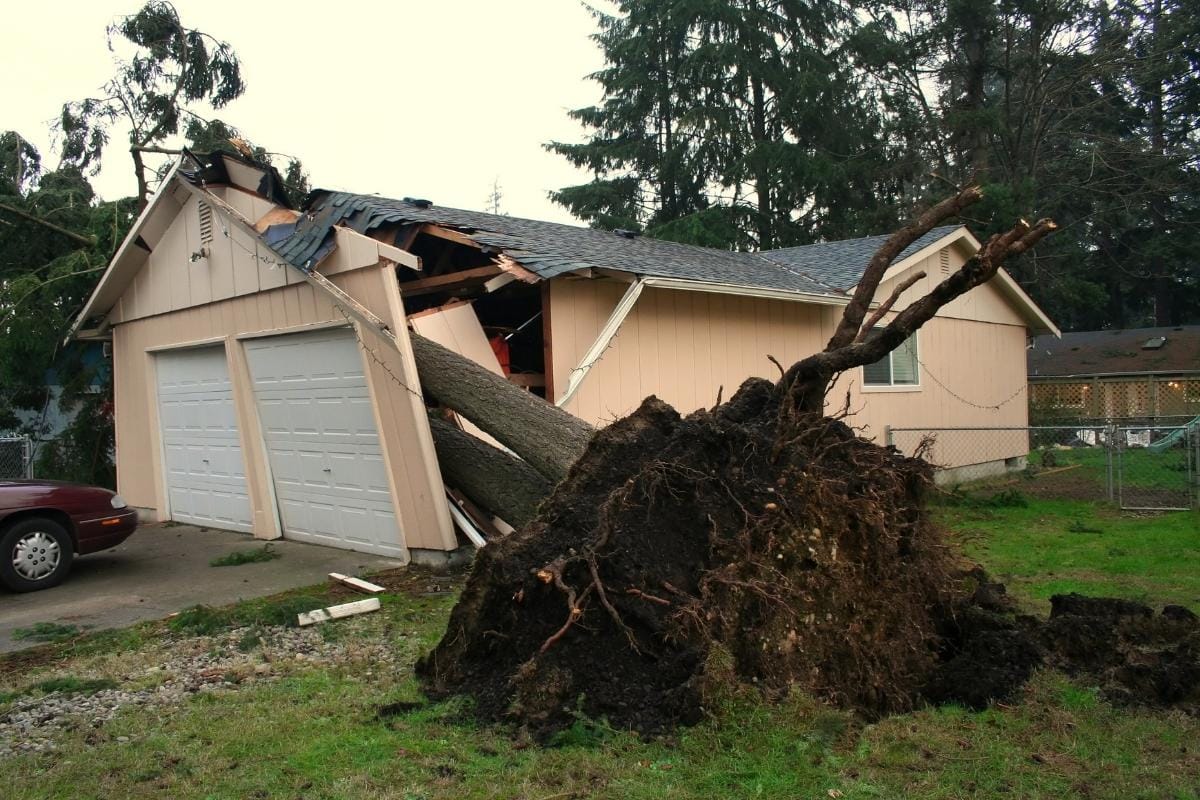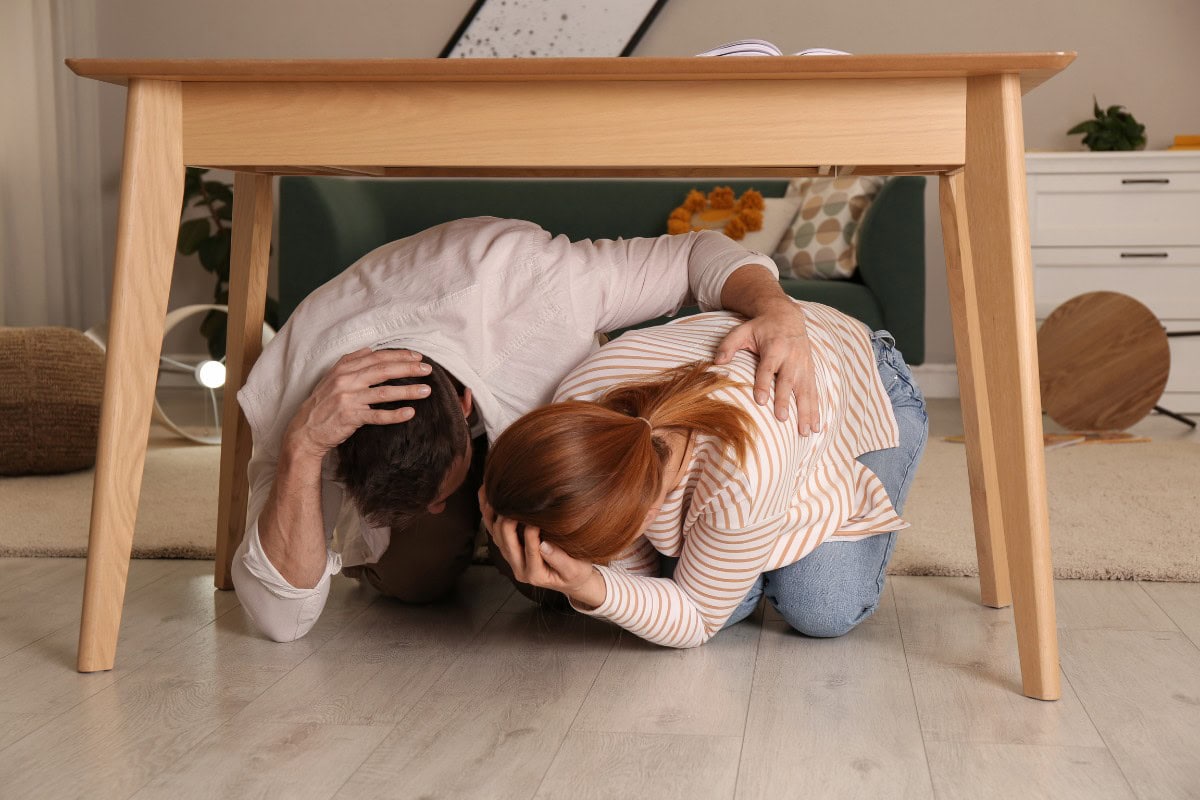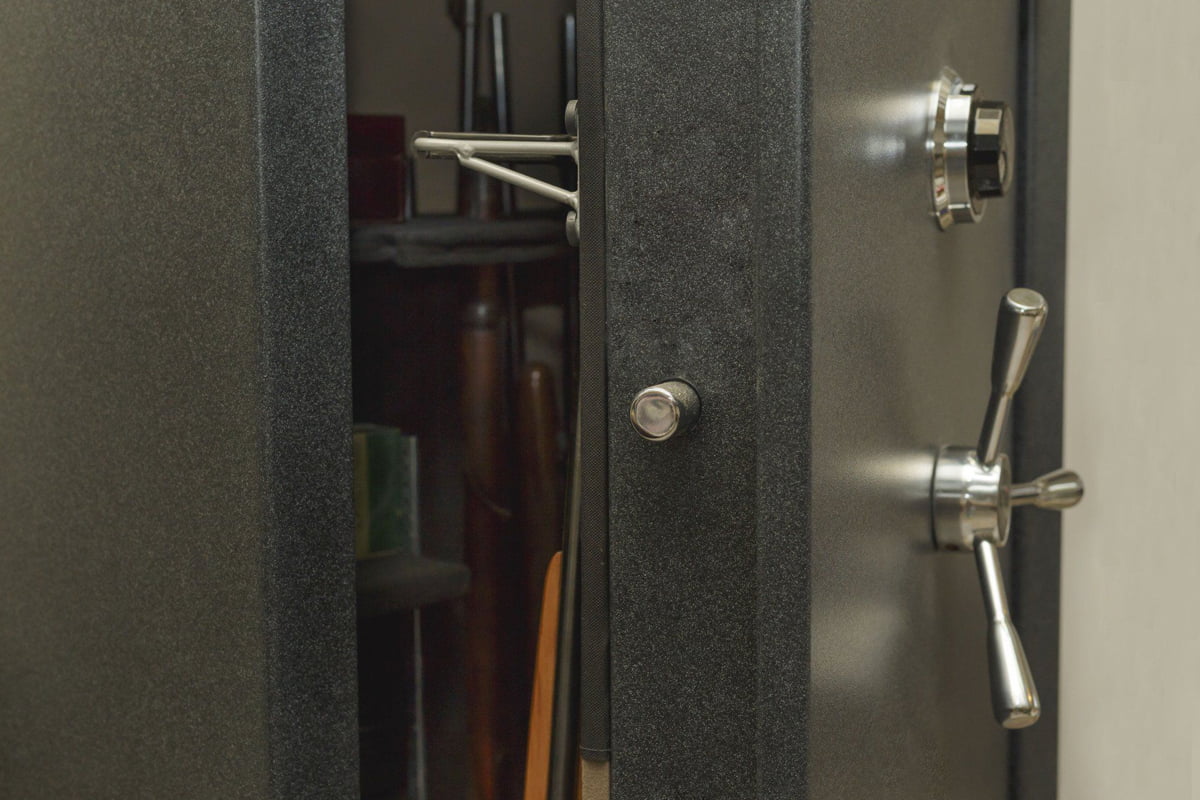Tornadoes. Earthquakes. Hurricanes. Blizzards. Floods. Power Outages. Every one of these disasters comes with their own unique dangers, and there are different ways to prepare for each of them. However, the first and most important step for all of these disasters is the same. Be prepared.
The best thing you can do to prepare for these disasters is to have a home emergency kit. A properly prepared emergency kit should have everything that your family needs to keep yourselves alive and safe when disaster strikes.
Our guide here is not necessarily a final checklist. Your family or circumstances may require special needs that should be accounted for ahead of time. However, this guide will give you a good start to ensuring your family is ready in any emergency.
Home Emergency Kit Components
Water
The first and most important thing in any emergency kit is always, always, always clean, drinkable water. The average person requires anywhere from 2.5-3 liters of water every single day to stay adequately hydrated.
Especially in an emergency situation, staying hydrated and healthy can be paramount to your survival. In addition, if the water is shut off, you will need extra water for sanitation and washing purposes. Ready.gov recommends having at least one gallon of water, per person for at least three days. But remember, this is a minimum. This means the average family of four needs to keep at least 12 gallons of water ready at all times.
Remember to include extra water for pets as well, or if you will want to bathe yourselves. Other solutions such as a water filter pump, or iodine tablets may prove useful in longer periods without clean water.
Food
Just after water, food should be your next concern. Plan to have at least three days’ worth of food for each of your family members and pets. Remember that your power may not be connected so any food in a disaster kit should be non-perishable and ready to eat.
If you feel like being extra prepared, you can always prepare a small gas stove for any items that may require cooking. When doing so, don’t forget that you’ll need fuel and a lighter to light your stove. And never forget a can opener!
First Aid Kit
No emergency kit is complete without a first aid kit as well. After some violent disasters such as tornadoes or hurricanes, you may need to render aid to your family or friends. Make sure that at least two people in your family know how to treat basic wounds and prepare bandages to stop any bleeding that may occur. Your first aid kit should include all of the following:
- Adhesive bandages of varying size
- Large compress dressings
- A roll of adhesive medical tape
- Scissors
- Antibiotic ointment (Neosporin, etc.)
- Antiseptic wipes
- Aspirin or Ibuprofen
- A breathing barrier
- An instant cold compress
- Non-latex gloves
- A large bandage roll
- Several gauze pads
- An oral thermometer
- Tweezers
- Any specific medications you need (Insulin, Inhalers, Epipen, etc)
When storing your first aid kit, keep it somewhere that will not damage any medications kept inside and be sure all critical medications are up to date and still effective. Insulin, in particular, can be difficult to store and should be frequently checked to be sure it is useable.
Signaling and Rescue Supplies
In the event of a disaster, your family needs to be able to let others know where you are and, if need be, signal for a rescue. You should make sure to include a signaling whistle, as well as a flashlight with extra batteries. These will be your best way to signal your presence to any rescue teams that may come through the area.
In addition, a hand-powered emergency radio is extremely helpful. In large-scale disasters, emergency broadcasts will be made to the area to warn of any further incoming disasters or about rescue and disaster response teams in the area. Be sure to include a paper and local map of the area. The map on your phone won’t be any good once the power is out, and you may need to evacuate to a safer area. Make sure your family all has some form of identification handy to identify yourselves to any authorities that might come to your aid.
Other Useful Supplies
The supplies above are all about keeping your family alive and getting rescued in the 72 hours following a disaster. Those should all be considered the bare minimum for building a kit. However, everything that follows here are all supplies that can aid your family and help you to be better prepared.
Sleeping bags and sturdy plastic sheets can help your family to build a basic shelter out of the weather in the event your home is destroyed or you need to relocate. A fire extinguisher can also be handy to either prevent a fire before it spreads or to put out any fires that may start after an initial disaster. A complete change of weather-appropriate clothing will be very useful after a few days of wearing the same and give you an opportunity to wash the clothes you are wearing.
Finally, reserving cash or traveler’s checks and books or puzzles can both help to make the days following a major disaster more comfortable and give you something to keep your mind busy.
Putting It All Together
Putting together an emergency kit may seem like a hassle, which may be why nearly half of all Americans don’t have one ready. However, they can make a difference for you and your family when it comes to surviving and keeping each other safe following a disaster.
It only takes an afternoon to put together a kit and the impact it can have is immeasurable. That’s why we recommend you create your home emergency kit early on. It will provide immediate peace of mind and knock one step off the list if you have to prepare for an emergency like hurricanes or other severe weather.









